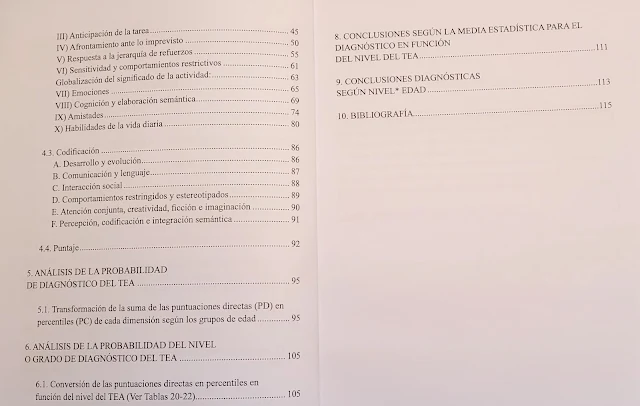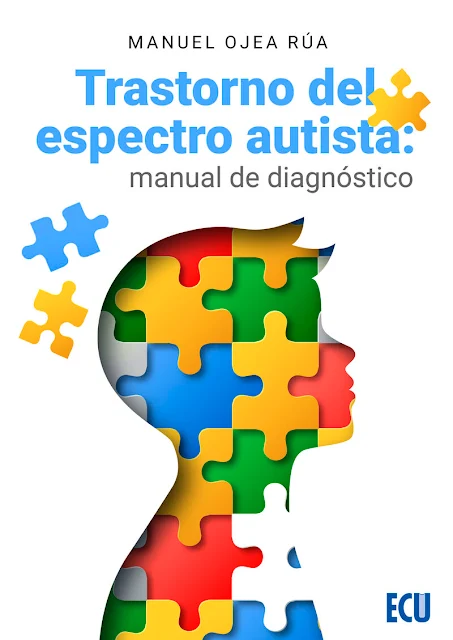Interrelations between perceptive- cognitive factors and behavioural variables to level diagnosis of people with autism spectrum disorder. RA Journal of Applied Research, 9(11), 540- 548.
Manuel Ojea Rúa (2023).
ABSTRACT
Relationships analysis between perceptual-cognitive
factors and behavioural variables it makes up autism spectrum disorder (ASD) differential
specific diagnosis, constitute a fundamental recurrent of currently research,
then found data allow the construction of integrated evaluation scales to
validate more complete and reliable diagnosis of people with ASD.
The interdimensional
diagnostic Scale has been applied and coded for 10 dimensions: 1) conceptual
units, 2) signifiers, 3) hierarchy, 4) nodal relationships, 5) categorical
relationships, 6) Recovery, 7) social interaction, 8) social communication, 9)
stereotypical behaviours, and 10) restrictive behaviours.
A total of 75 participants with ASD have participated
in this study of three ASD´ intensity levels and different age intervals, from
3 years old.
Data analyses focused along study the factorial analysis determinant (KMO and
Bartlett's test) statistic, as well as, bivariate
correlations analysis for three dimensions calculated statistically:
"processing", "social" and "behaviours", show
significant critical inter-relational levels (sig: .00), which allows conclude
to existence of highly relationships between both variables group and their
practical applications for consequent, reliable and valid diagnosis process.
Finally, the statistical data of
your application to perform the level diagnostic analysis is completed, through
corresponding statistical percentage, means and standard deviations, to
facilitate the ASD level 1-2-3 diagnostic way.



































